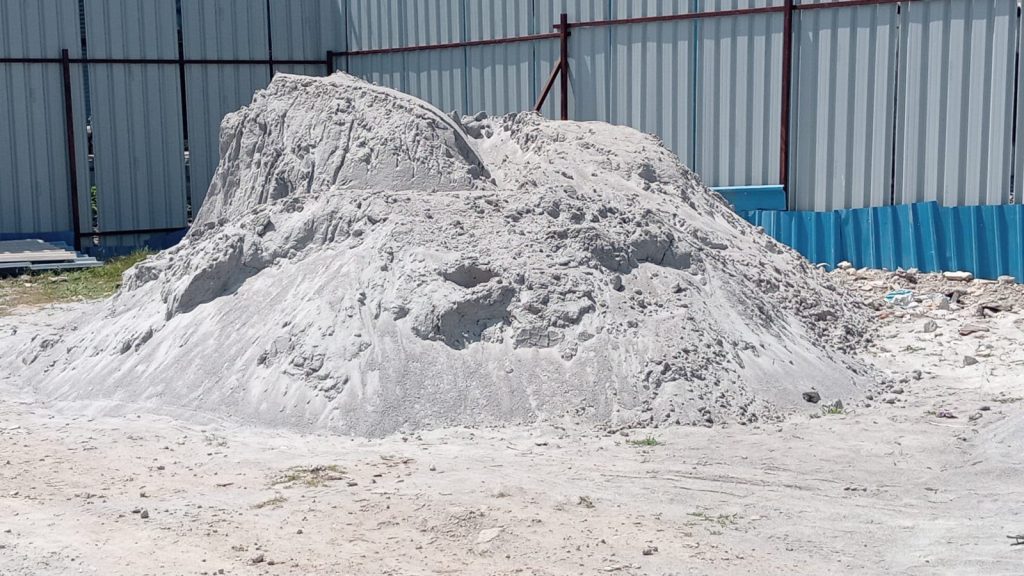The structures must be constructed to withstand the force of earthquakes. Materials that are ductile, such as steel and others are the preferred choice, because they allow buildings to bend instead of breaking.
Shear walls, diaphragms as well as cross braces are all innovative technology that help distribute force within structures during shaking. Another technology, such as moment-resisting frames enable beams and columns of varying lengths to stretch with their joints remaining flexible, allowing them to absorb seismic energy.
Enhancing Structural Integrity in Seismic Zones
When building structures in earthquake zones, flexibility is one of the main considerations. Concrete, steel, and wood all have greater flexibility than brick or unreinforced masonry walls, which are more likely to crack under stress and therefore aren’t suitable to be used in earthquake-resistant buildings. Lightweight roof structures can also reduce the stress placed upon a building in an earthquake.
Buildings that are earthquake resistant can be enhanced by utilizing various design strategies and advanced materials. Cross bracing may be one method to channel seismic waves away from the floors and walls directly into the floor. Damping or dissipation equipment is inserted between the foundation of a building and the soil to protect structures from vibrational forces.
Scientists are currently working to create new materials for buildings that will enhance their seismic resistance. They have developed shape-memory alloys that maintain their original forms even during extreme pressure. They also are developing carbon fiber wraps with the intention of helping strengthen the structural elements. Engineers at the University of British Columbia recently created a sustainable, fiber-reinforced cementitious composite that can dramatically increase the strength and ductility constructions made of concrete or brick by putting a fine coating on their surfaces.

Common Materials to Build Earthquake-Resistant Structures
When building in seismic zones experts and architects advise the use of building materials that are naturally earthquake-resistant. It is possible to achieve this with the proper design and materials in a newly constructed structure, or through retrofitting old structures.
The most common recommendation is to construct using concrete and steel. These materials are able to absorb the energy of an earthquake and bend it, instead of falling into the structure and crushing the people inside.
Wood and foam are also ideal building materials to provide great resistance. These types of materials can be used for creating an “base separation” system that allows the building to move and not the stress placed on its base. Other techniques for enhancing seismic resistance include cross braces, shear walls as well as diaphragms which spread the impact of shaking across the structure of the building and da hoc.
Seismic resistant structures for building
Apart from building structures using more durable materials, engineers also incorporate other techniques to create seismic-proof home and buildings. Diaphragms can be found for floors as well as on roofs for the purpose of distributing forces that are lateral. They are used to help absorb earthquake energy.
A different suggestion is to construct structures with ductile parts that are able to undergo deformations in plastic without structural failure during earthquakes. These parts, which are usually made of steel, help to disperse seismic waves by absorbing and redistributing their energy.
Engineers are also experimenting with eco-friendly building materials, such as the tough yet sticky fibrous bamboo and mussels and 3D-printed shapes that connect and create a flexible construction for earthquake resistance. Researchers from The University of British Columbia developed an eco-friendly fiber reinforced composite, also known as fiber reinforced concreteeditious, which is malleable and also ductile when compared to concrete reinforced traditional. The material is able to modify its shape during stress, and could be used to build seismic-resistant floors, walls and ceilings.
Importantness of Building Materials that resist seismicity
Residents living in areas that are prone to earthquakes run a substantial risk, but buildings can be strengthened to make them safe from this natural catastrophe. To ensure that buildings are seismic-proof, a variety of techniques are employed. These include redirecting or reducing the force of a seismic wave. The ductile cementitious compound is one example. It can improve the strength of concrete, and create bricks that are more resistant to tension in the horizontal direction.
Another way is to make use of shear walls to transmit vibration and cross braces to protect against side forces, and to design floors like diaphragms that take in energy and then distribute it into sturdy vertical structures. Moment-resisting frames is a further important element to strengthen the building in order that it does not collapse when an earthquake occurs.
Modern construction methods have proved that the old belief is not always the case. Materials that are lighter, like steel, have the potential to be stronger than bricks or concrete. They are also more flexible and alter shape when an earthquake occurs.
